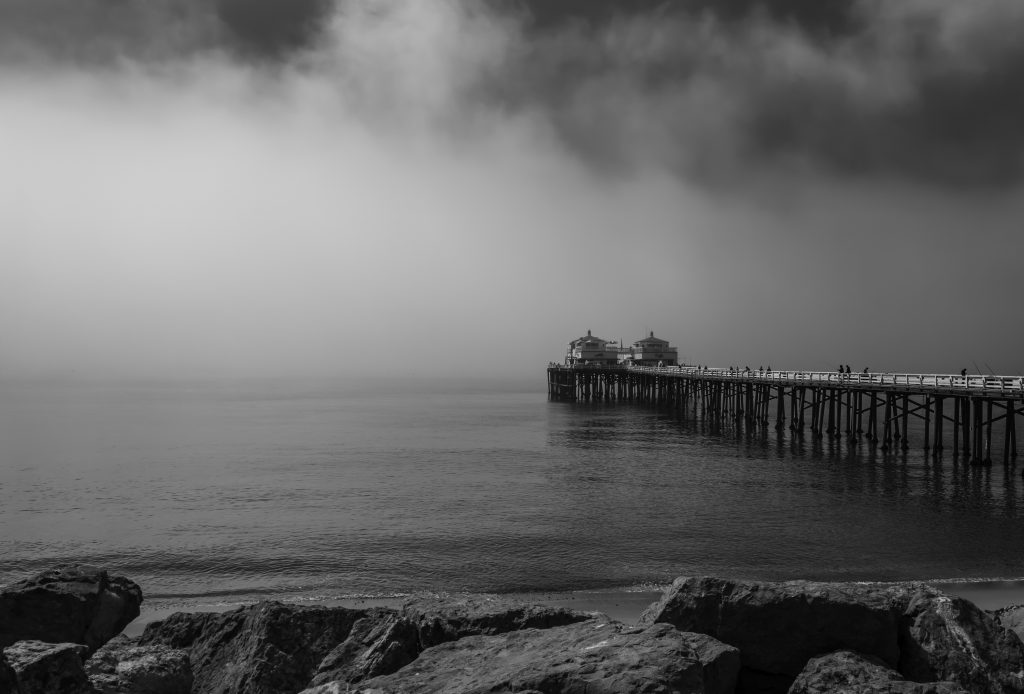Know where the manual is for your camera. Keep it in an accessible place in your house. TAKE IT WITH YOU ON VACATION AND ON THE PHOTO SHOOT.
Look at the situation around you before you begin photographing. Last year’s conditions will not necessarily be the same as this year’s. Make adjustments for the conditions as they are now.
Take your first shot and preview it. Then look at the info that includes the histogram. If it is not correct, make your adjustments.
If you don’t know how to make adjustments, look it up in the manual.
If you sense there is a problem, adjust your ISO, and shoot RAW (if not already doing so.)
When shooting with a lot of light around the subject, stop down. Look in your manual to find out how to do it.
Always take extra memory cards and batteries with you on your trip. Take more batteries and cards than you think you’ll need. Excessive heat or cold will drain a battery even if it is not in a camera. If your battery runs out too quickly, take it out of the camera and then reinsert it. Download your photos at least every night onto a back-up device or a laptop, and recharge all batteries. Do not delete the photos from your used memory cards unless you absolutely have to.
Review the photos you’ve taken at least once, preferably before you go to bed (if not immediately after the photo shoot.) Figure out what you did wrong. If you can’t figure it out, read your manual.
Spend the money on a good tripod, take it with you, and use it whenever you can. An alternative is a bean bag. Per Al W’s suggestion, when going to far-away places, take an empty bean bag and buy the beans to fill it at the destination. Show bean bag and remote shutter trip.
Do not change lenses in a wind storm. If the weather has been dusty, use a UV filter on your camera and rinse it with water when finished. Do not wipe it with a cloth. It will scratch the surface.

